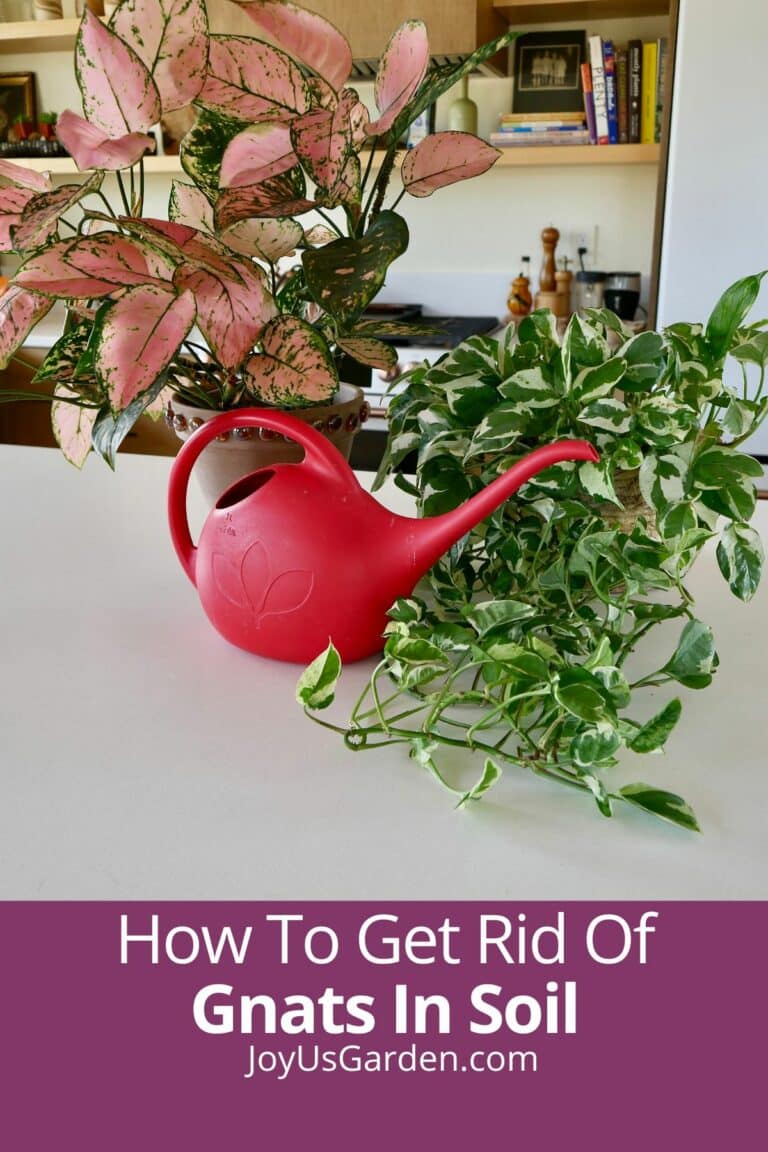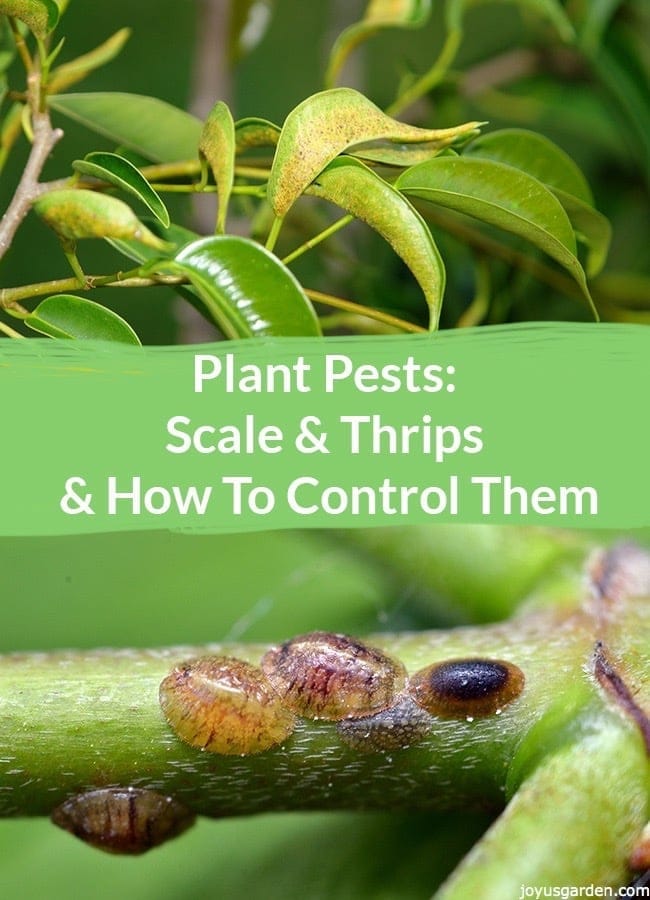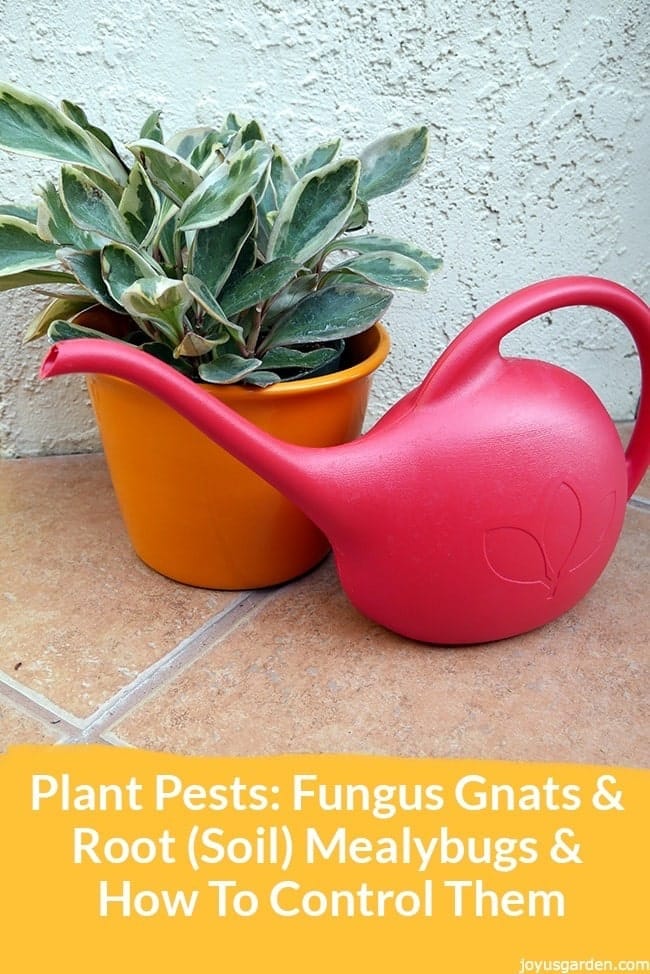Mealybugs on Plants: How to Get Rid of Mealybugs
A mealybug infestation can be a real nuisance, and if you’ve never had to control mealybugs on plants before you may not even know where to start. Indoor plants, especially succulents, are susceptible to mealybugs. Not to worry, we’ll cover how to spot an infested plant and the control methods.
Your affected plant can be rid of these soft-body scale insects with a few simple and natural ingredients you probably already have in your home. We like to use natural products as opposed to chemicals on our plants because it’s safer for us, our pets, and our environment. You’ll find more about our products and how to use them below.
What are Mealybugs?
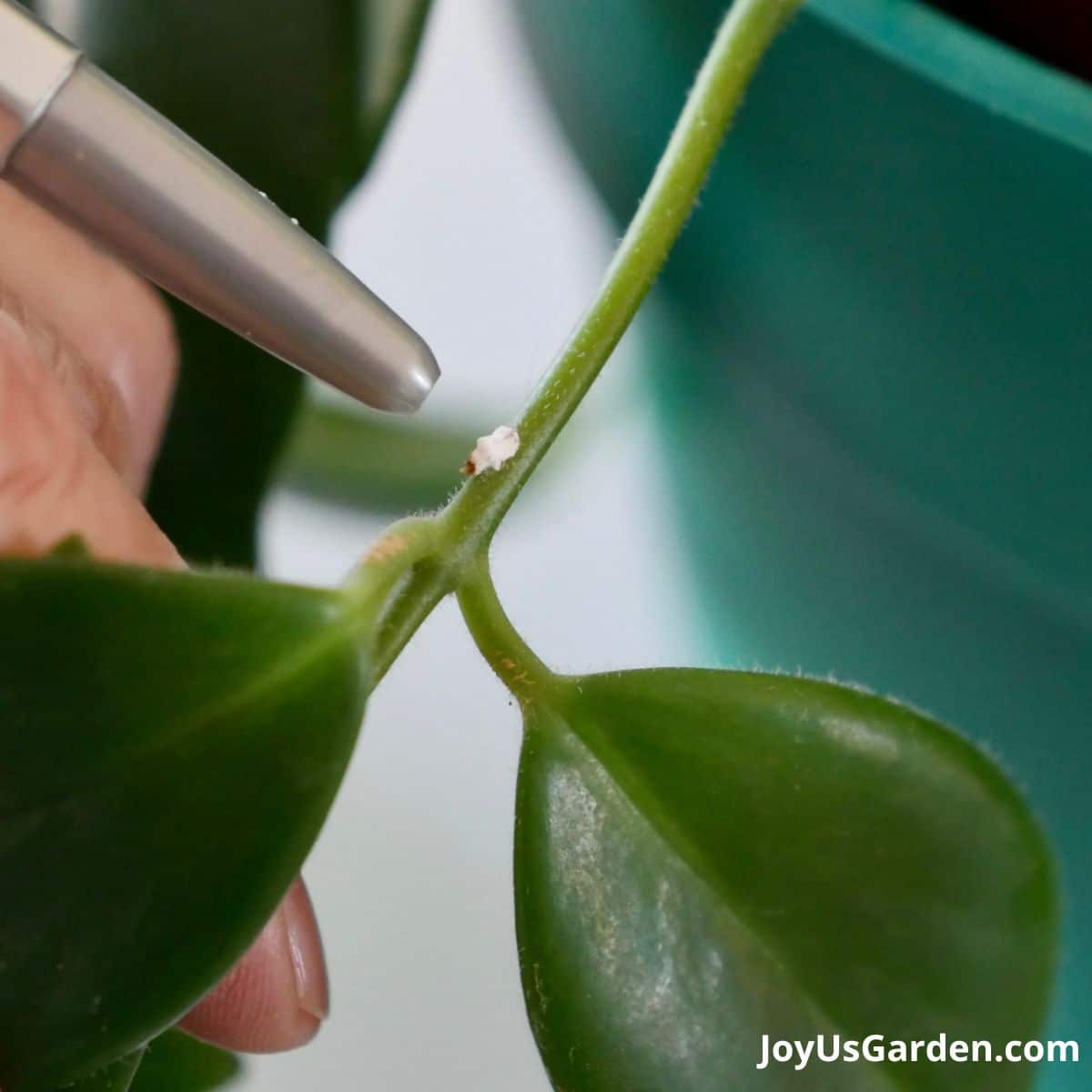
Mealy bugs (Planococcus citri) are wingless insects that have a waxy coating covering their body. When you see white bugs that aren’t moving on your plants, it’s likely you have a mealybug problem. Pay special attention if it looks like there are small dots of white cotton on your plants; it’s mealies.
Female mealybugs can lay hundreds of eggs, and when the young nymphs emerge they can be spotted near the soft growth and underside of leaves. If left untreated, your entire plant can be covered with these soft-bodied insects.
Aphids are another popular plant pest, use this guide to learn How To Get Rid Of Aphids Naturally
Why are mealybugs harmful?
Mealybugs suck the sap out of their host plant, weakening the plant, stunting its growth, and can cause significant damage if left untreated. These houseplant pests love the sugar contained in the plant sap but they can’t fully ingest it so it oozes out on the plant as a sticky substance. This is why an infested plant will have sticky leaves.
You might also notice a black mold-like substance appearing on the leaves. This is actually a fungus that grows on the excreted sugar. This sooty mold is usually harmless but can ultimately damage the plant if it gets really bad.
They’re not at all hard to control and the damage will be minimal if any as long as you catch them early on and start treatment.
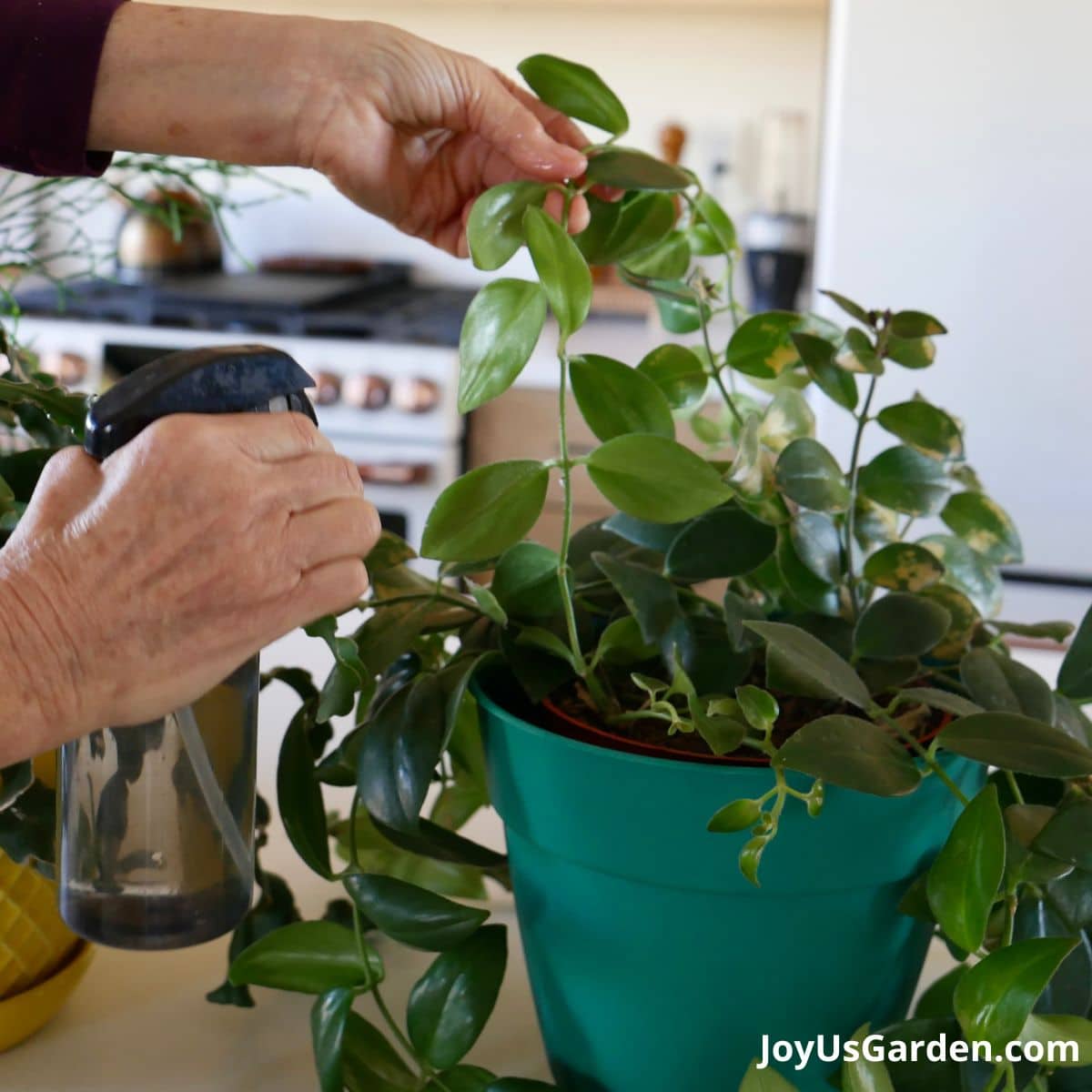
Control of Mealybugs on Plants
Early detection is key in mealybug control. Your house plants will be grateful for your defense against these natural predators. I use “natural controls” to get rid of mealybugs on plants, namely alcohol which is something you most likely already have in your home too.
The most common natural products you can buy in a ready-to-spray bottle or in concentrate form include neem oil insecticide, horticultural oil, and insecticidal soap. The bottle will give you the ratio to mix up (if it’s a concentrate) and how often and how many times to spray.
Most plants can be sprayed with these but do a check first to be sure and follow the label directions. Plants like African Violets, Gloxinias, delicate herbs, and seedlings may not be as universal to these product treatments (this includes alcohol) so doing some research before using any of these products is recommended.
Most recently Nell (the owner of this website) used Captain Jacks’s Insecticidal Soap on aphids that had plagued her Hoya. She treated at first detection and was able to rid the plant of aphids with 2 treatments. This insecticidal soap could also be used to treat mealybugs.
If you choose to go the DIY route, here’s another option that I’ve used to get rid of mealybugs:
For a targeted approach, mix 1 part rubbing alcohol (70% isopropyl alcohol) to 1 part water, and using a cotton swab dab away at the area that you see are affected. I use the dabbing method because it’s an easier and best way to directly target the pests.
The alcohol should kill it on contact but I find it best to take the mealybugs off with the swab and dip that in the container with the alcohol and water just to be sure. I’ve also the 70% alcohol undiluted and it’s been fine.
If you prefer to spray and/or have a larger infestation, fill an empty spray bottle with 1 part rubbing alcohol to 6 parts water, and aim your sprays to where you see the mealybugs. Try not to soak the whole plant (especially the soil) or treat areas where there is no infestation. I only do 2 rounds of the alcohol spray because it is drying.
Here’s another concoction that’s similar to horticultural oil that eventually smothers the mealies. For mild infestations or if only a small area is infested you can use a spray bottle mix of 1 tablespoon mild dish soap or Dr. Bronner’s, 1 tablespoon vegetable oil, and 1 cup water.
For these DIY methods, I would treat every 7 days for 2 or 3 weeks depending on what your using. No matter what mealybug treatment route you take, a repeat application or 2 will be necessary to rid the affected areas of mealybugs. It’s a good idea to relocate and isolate neighboring nearby plants so they won’t become infested as well.
Mealybugs are slow movers, so they tend to congregate in sheltered areas. They like to hide under the plant’s leaves, burrow into the crevices, and hang out on the stems so be sure to pay special attention to these areas. Give your plant a thorough inspection, because if you see one of them, there are most likely more!
Looking for more on treating plant pests? Here is How To Control Aphids & Mealybugs
What You Should Know About Before Treating
Spring into action and treat as soon as you see these tiny white bugs on plants. It’ll be much easier to get them under control and prevent a mealybug infestation this way.
I always treat my plants in the daytime. It’s easier to see the pests that way!
You can treat your plants growing indoors all year long, even in the winter months.
Not all your plants will get them. Nell has 60+ houseplants, and only 3 of them have mealybugs (her Dancing Bones Cactus, Lipstick Plant, and Curly Locks Epiphyllum).
If you’re growing succulents indoors, pay special attention. Mealies love succulents.
Most plants can be sprayed with these products but you want to do a little research 1st to be sure. Seedlings and delicate herbs are examples. You can always do a patch test 1st on your plant if unsure.
Be sure to follow the instructions. If the instructions say spray every 10 days, don’t spray every 3 days because the infestation is bad. Too strong a concentration and/or spray too often can burn a plant.
You’ll most likely have to repeat the treatment to get them under control.
Straight alcohol (70% isopropyl) is okay to dab targeted on the mealybugs with a cotton swab or cotton ball. You can also dilute it 1:1 with water.
Avoid saturating the foliage and the soil with alcohol because it can be very drying. Just like with spray paint, 2 light sprayings are better than 1 drenching spray.
If you take your plant outside to spray it, do so in a shaded area. You don’t want to spray a plant in the hot sun.
They’re a threat to plants but don’t worry, mealybugs aren’t harmful to humans or pets.
If properly applied, whatever of these products you use will get rid of mealybugs on plants. However, doesn’t this mean others won’t appear next year or subsequent years so check your plants periodically.
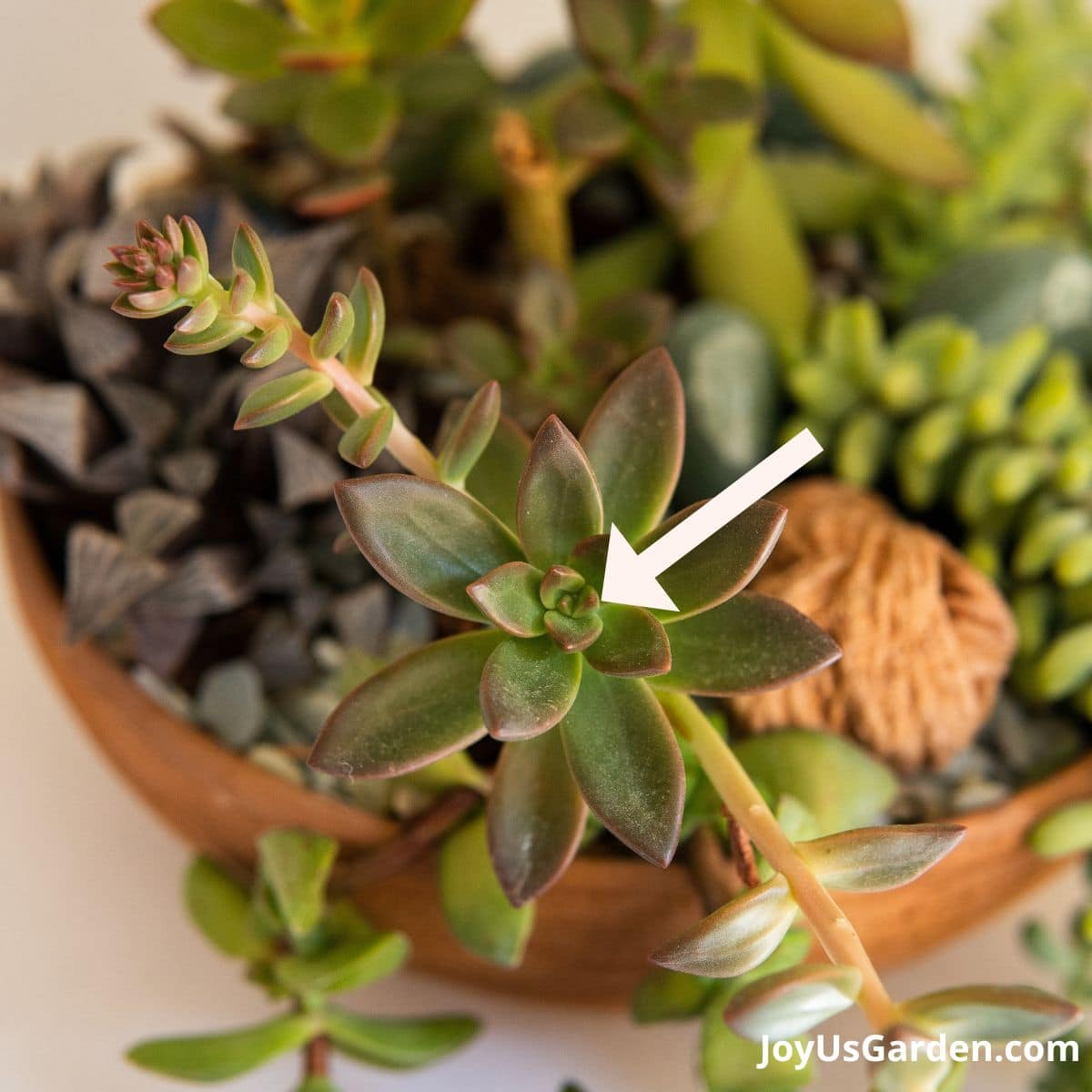
Why They Are Difficult to Get Rid of
Mealybugs can be difficult to get rid of because they can go undetected. Many of us have never seen mealybugs so we have no idea what to look for when inspecting a plant. The simplest description of what they look like is little specs of white cotton, either round or oblong in shape.
Making it even more difficult is they like to hide in crevices and the underside of leaves. Once you know what mealybugs look like, you’ll be more confident in spotting them.
In addition to them being inconspicuous, their egg sacs are nearly undetectable until they start to develop. When adult mealybugs reproduce they do so quickly and in large amounts, making it more difficult to treat. Early detection is key in combatting these unwanted plant pests.
If areas are missed during treatment, the mealybugs can continue to reproduce with the possibility of them spreading to other plants. Adding to the difficulty of getting rid of them.
Your plants can also be susceptible to other plant pests which hang out in the soil. Here is How To Control Root Mealybugs and Fungus Gnats.
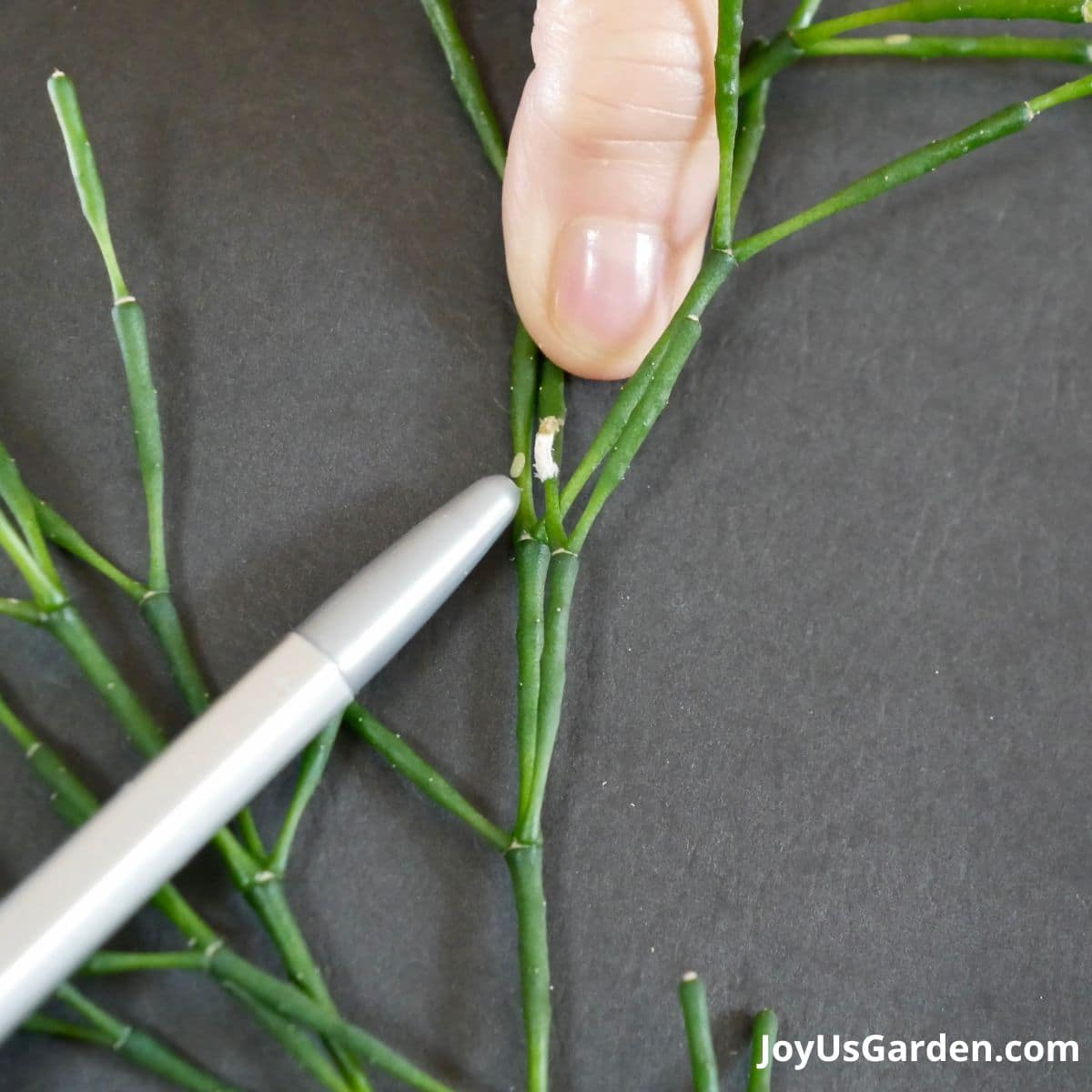
Mealybugs on Succulents
Mealybugs and succulents go hand in hand. They tend to feast on succulents because their leaves are plump and juicy.
Be mindful to look in the nodes where the leaves meet the stems as well as under the leaves as pests tend to hang out here. I’ve found that rosette succulents are especially prone to mealybug infestations. They love to nestle inside that tight center growth so be on the lookout for those tiny specks of white cotton.
Currently, Nell has mealybugs on her Dancing Bones and Epiphyllum (Orchid Cactus). Neither plant has too serious of an infestation and both are being treated with the alcohol and cotton swab method. Having a plant with mealybugs is a natural occurrence and not a result of poor plant care.
However, the healthier your plant is, the stronger which means it can better withstand a mealybugs attack. A weak plant could succumb to mealybugs even if it is treated.
Mealybugs secrete a sticky honeydew which is a sugary residue. It could get covered with sooty mold (I’ve seen this happen more often with outdoor plants), and if you reach that point indoors, this is a more considerable infestation.
There are a couple of ways your plant could have gotten mealybugs. Human transmission or they were already on the plant when purchased from the nursery or store.
Did you know Mealybugs & Aphids are one of the reasons you may be having trouble growing succulents indoors? Here are 13 Problems You May Have Growing Succulents Indoors
Mealybugs on Houseplants
Nell who has 60+ houseplants knows plants and pests have been a pairing for a very long time. In addition to 2 of her succulents having mealybugs, her lipstick plant also has a couple of areas where we have spotted mealybugs.
As a treatment, she has been using a cotton swab dipped in alcohol and dabbing the infested areas every 7 days. After doing this for about 2-3 weeks (if needed) she’ll be spraying once to treat any lingering eggs.
If any of your houseplants are next to an infested plant, you want to move the latter while you’re treating it. Even though mealies are slow-moving, they can travel from plant to plant.
If your houseplants have been enjoying the summer outdoors, check and treat for any hitch-hiking pests before bringing them back indoors.
Mealybugs on Outdoor Plants
This post is focused on houseplants but landscape plants can get mealybugs too. Nell has seen mealybugs on 2 types of Citrus Trees; orange and lemon. When she was living in Santa Barbara (this a temperate climate with mild winters where pests can breed all year long) there was a row of hibiscus trees growing along the sidewalk covered in mealybugs and white flies. The infestation was not being treated and the trees looked like there was covered in fluffy snow!
Conclusion: Mealybugs look like small specs of white cotton. They spread and populate like crazy so treat them as soon as you see them. Stay vigilant and check your plants from time to time to keep them pest free.
How to Identify Mealybugs on Plants Video
How to Treat Mealybugs Video
Happy (Pest-Free) Gardening,

This post may contain affiliate links, you can read our policies here.
Some Of Our General Houseplant Guides For Your Reference: Guide To Watering Indoor Plants, Beginner’s Guide To Repotting Plants, How to Clean Houseplants, Winter Houseplant Care Guide, Plant Humidity: How I Increase Humidity For Houseplants, Buying Houseplants: 14 Tips For Indoor Gardening Newbies
- About the Author
- Latest Posts
Nell, the founder of Joy Us garden, was born into a gardening family and grew up in Connecticut’s countryside. After living in Boston, New York, San Francisco, & Santa Barbara, she now calls the Arizona desert home. She studied horticulture & garden design, working in the field all her life. Nell is a gardener, designer, blogger, Youtube creator, & author. She’s been gardening for a very long time & wants to share what she’s learned with you.

